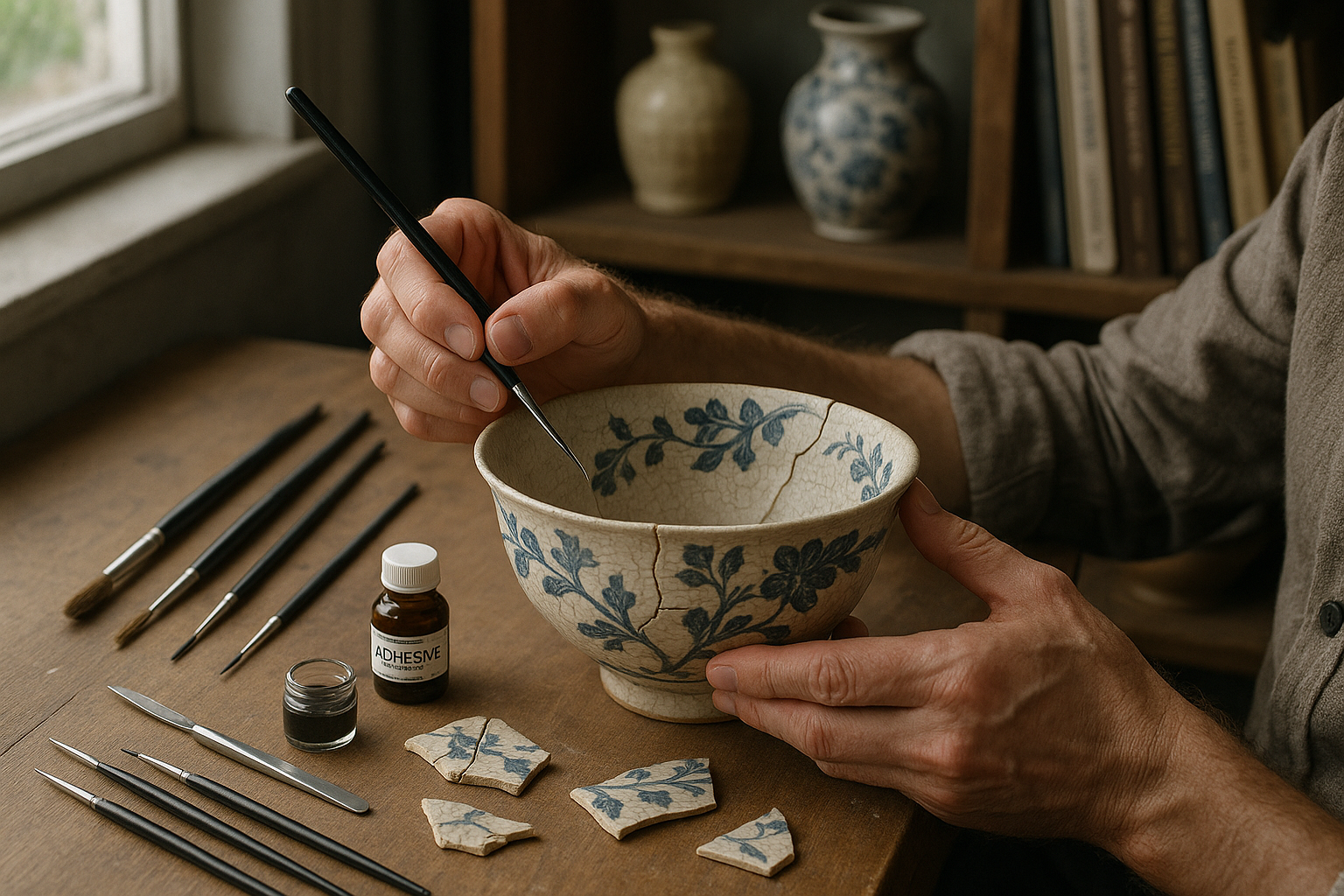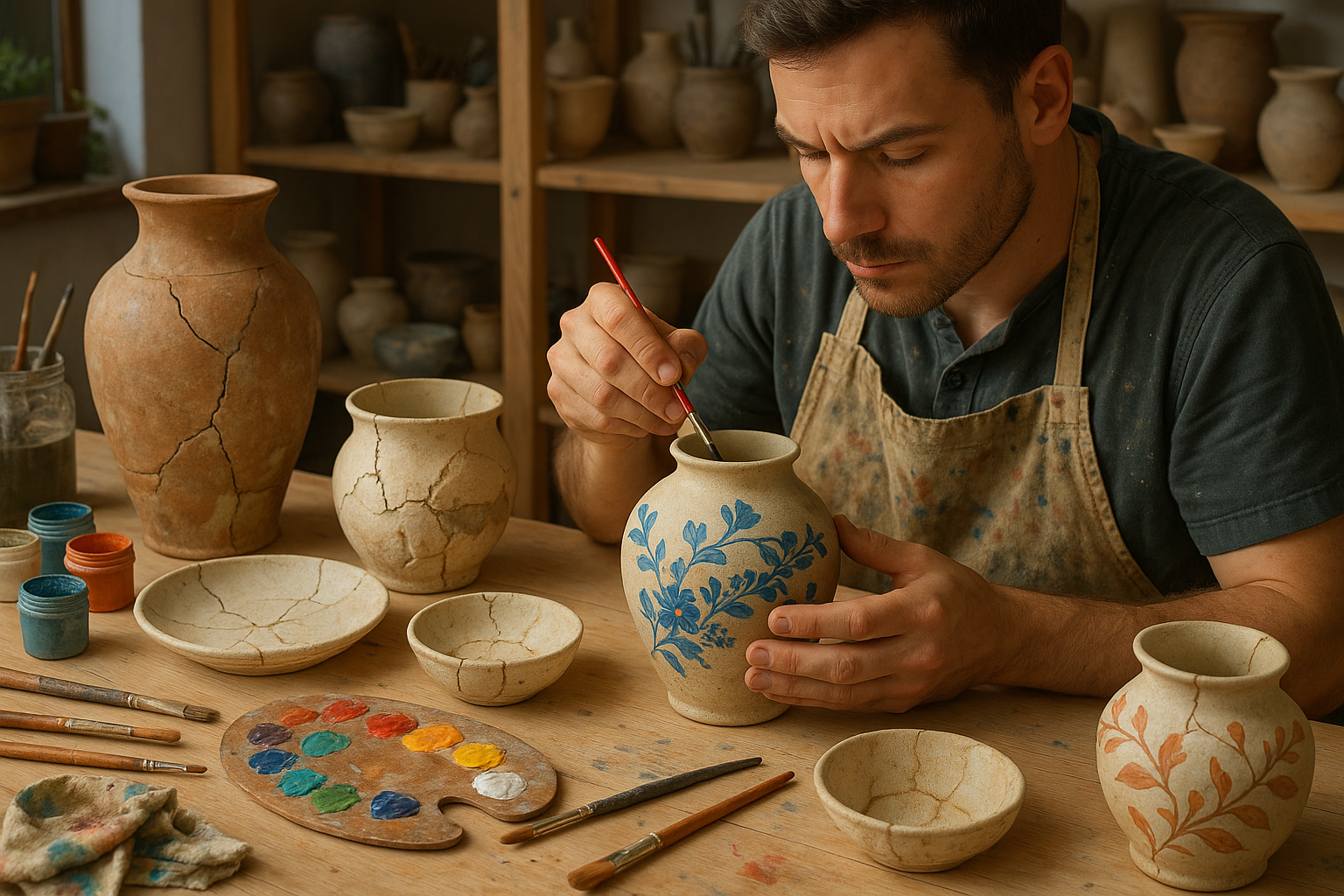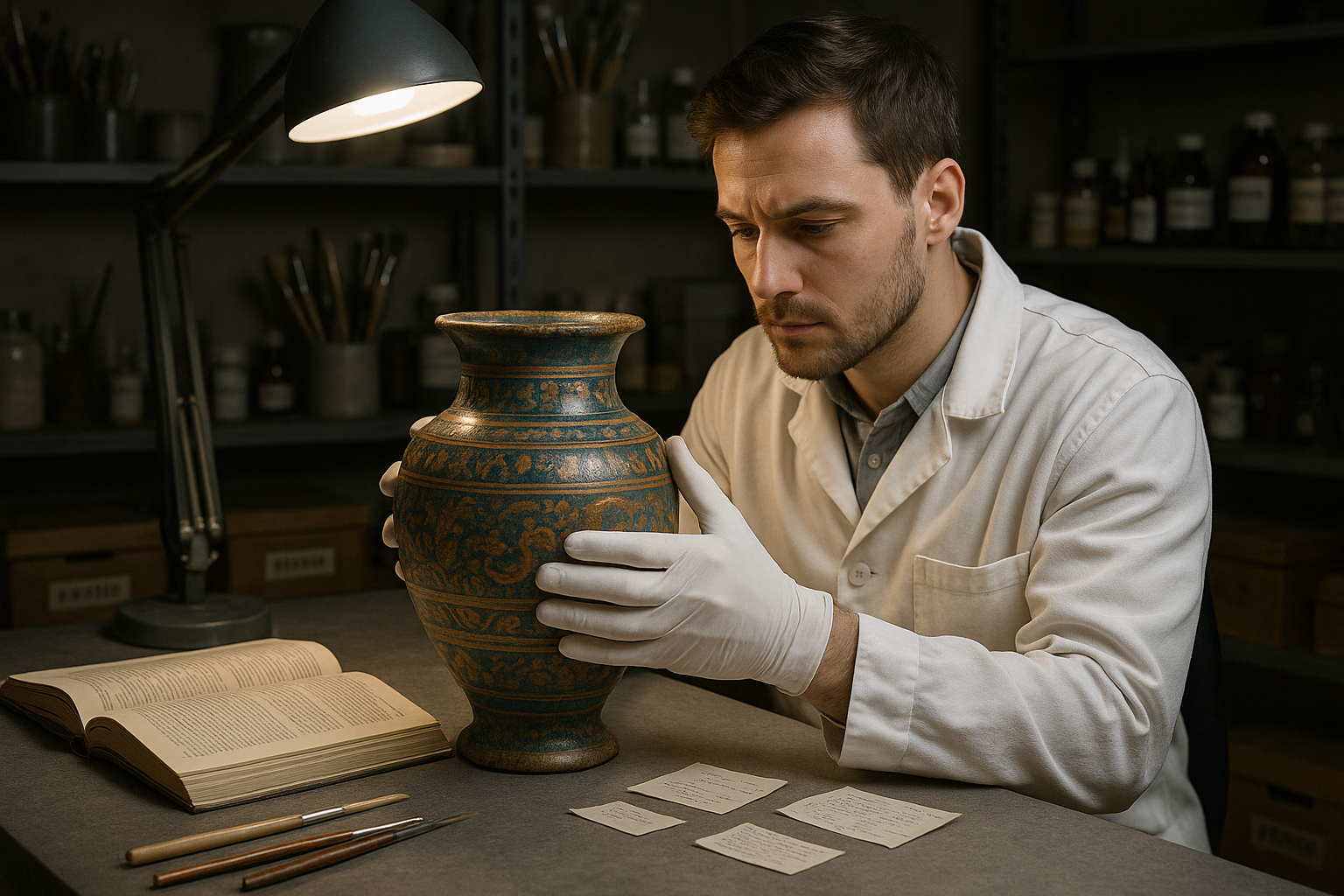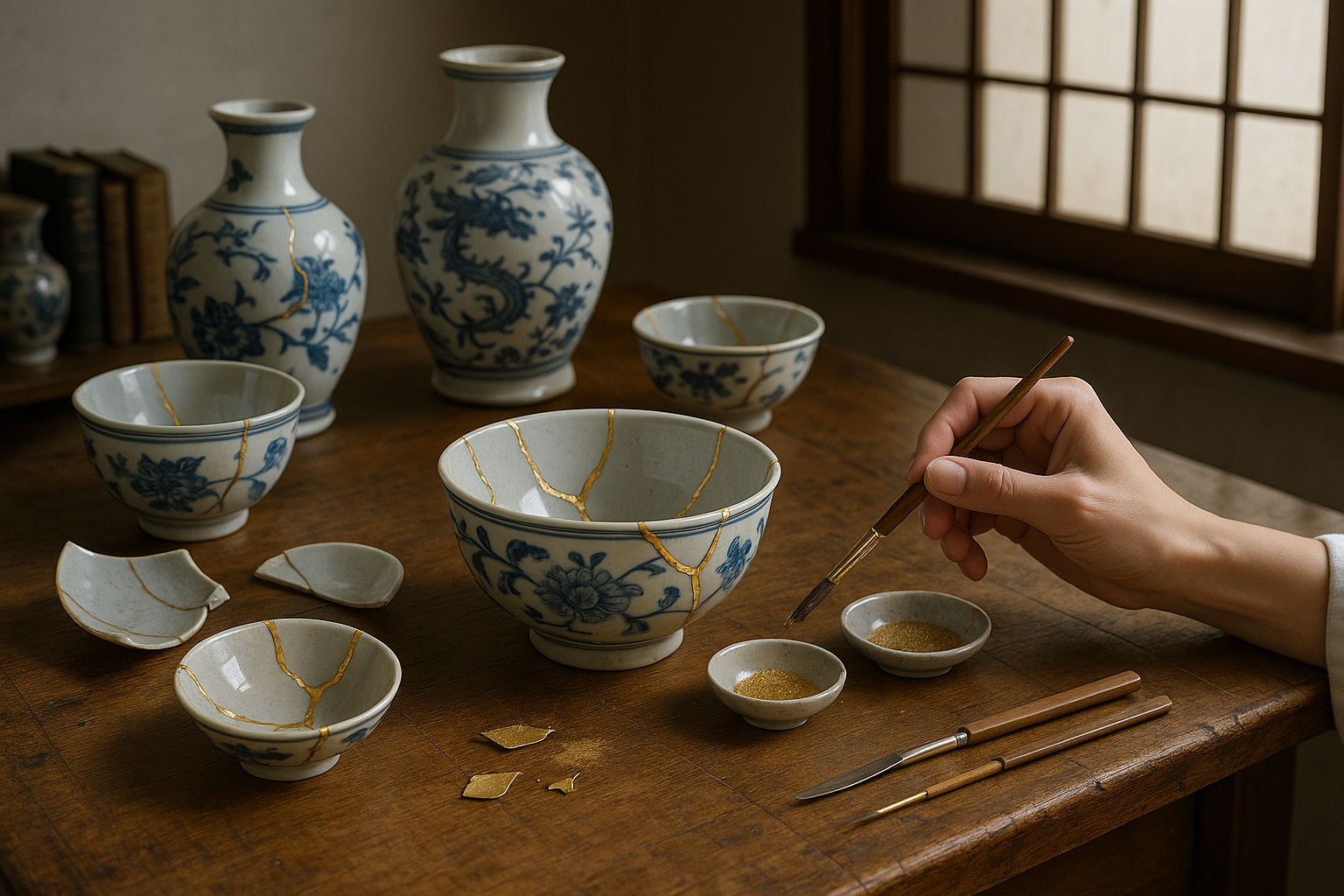In the world of construction and infrastructure, cracks are more than just a cosmetic concern. They are silent disruptors, gradually compromising the integrity of structures, leading to costly repairs and even potential safety hazards. The quest for durable and resilient surfaces has never been more critical, as our environments demand longevity and reliability. Enter the realm of crack stabilization—a revolutionary approach that promises not only to mend the visible but to fortify the unseen. 🛠️
Imagine walking on a pristine sidewalk, driving on a seamless road, or admiring a flawless building facade, all of which have stood the test of time and weathered the elements with grace. This is not merely a dream but a tangible reality achievable through advanced crack stabilization techniques. This article embarks on a deep dive into the world of crack stabilization, unveiling how this innovative solution is reshaping our understanding of surface maintenance and durability.
The presence of cracks is ubiquitous, spanning across various surfaces from roads and pavements to bridges and buildings. While they may seem benign at first, these imperfections can quickly escalate, causing a ripple effect of deterioration. Traditional methods of crack repair often provide temporary relief, addressing the symptoms rather than the root cause. This is where crack stabilization comes into play, offering a paradigm shift in how we perceive and handle structural imperfections.
Crack stabilization is not merely a repair technique; it is a comprehensive solution that strengthens the core of materials, enhancing their resistance to future damage. By employing cutting-edge materials and methodologies, this approach ensures that surfaces are not only restored but are fortified to withstand the challenges of time and environment. But how exactly does this process work? What are the materials involved, and what makes it superior to conventional methods? 🤔
Throughout this article, we will explore these questions and more, delving into the mechanics of crack stabilization and its transformative impact on infrastructure maintenance. We will examine the various types of cracks and the specific strategies employed to address each. From thermal and shrinkage cracks to settlement and structural fissures, understanding the root causes is pivotal in selecting the most effective stabilization method.
Furthermore, we will shed light on the innovative materials that are spearheading this movement. Polymers, resins, and advanced composite materials play a crucial role in the stabilization process, offering unmatched flexibility and strength. These materials not only fill and seal the cracks but integrate with the existing structure, creating a cohesive and durable surface. 🌱
But the benefits of crack stabilization extend beyond mere aesthetics and functionality. By significantly enhancing the lifespan of surfaces, it presents a cost-effective solution for infrastructure management. The long-term savings in maintenance and repair costs make it an attractive option for municipalities, contractors, and property owners alike. Moreover, it contributes to sustainability by reducing the need for frequent replacements and minimizing resource consumption.
As we navigate through this exploration, we will also consider the environmental implications and how crack stabilization aligns with green building practices. By prolonging the life of existing structures and reducing waste, this technique supports sustainable development goals and promotes a more resilient urban landscape.
In conclusion, crack stabilization is more than just a technical solution; it is a strategic investment in the future of our built environment. As you read on, prepare to gain a comprehensive understanding of how this innovative approach is transforming the field of construction and paving the way for stronger, longer-lasting surfaces. Whether you are a construction professional, a property owner, or simply someone intrigued by the intricacies of infrastructure, this article promises to offer valuable insights and practical knowledge. Let’s embark on this journey towards crack-free, resilient structures! 🚀
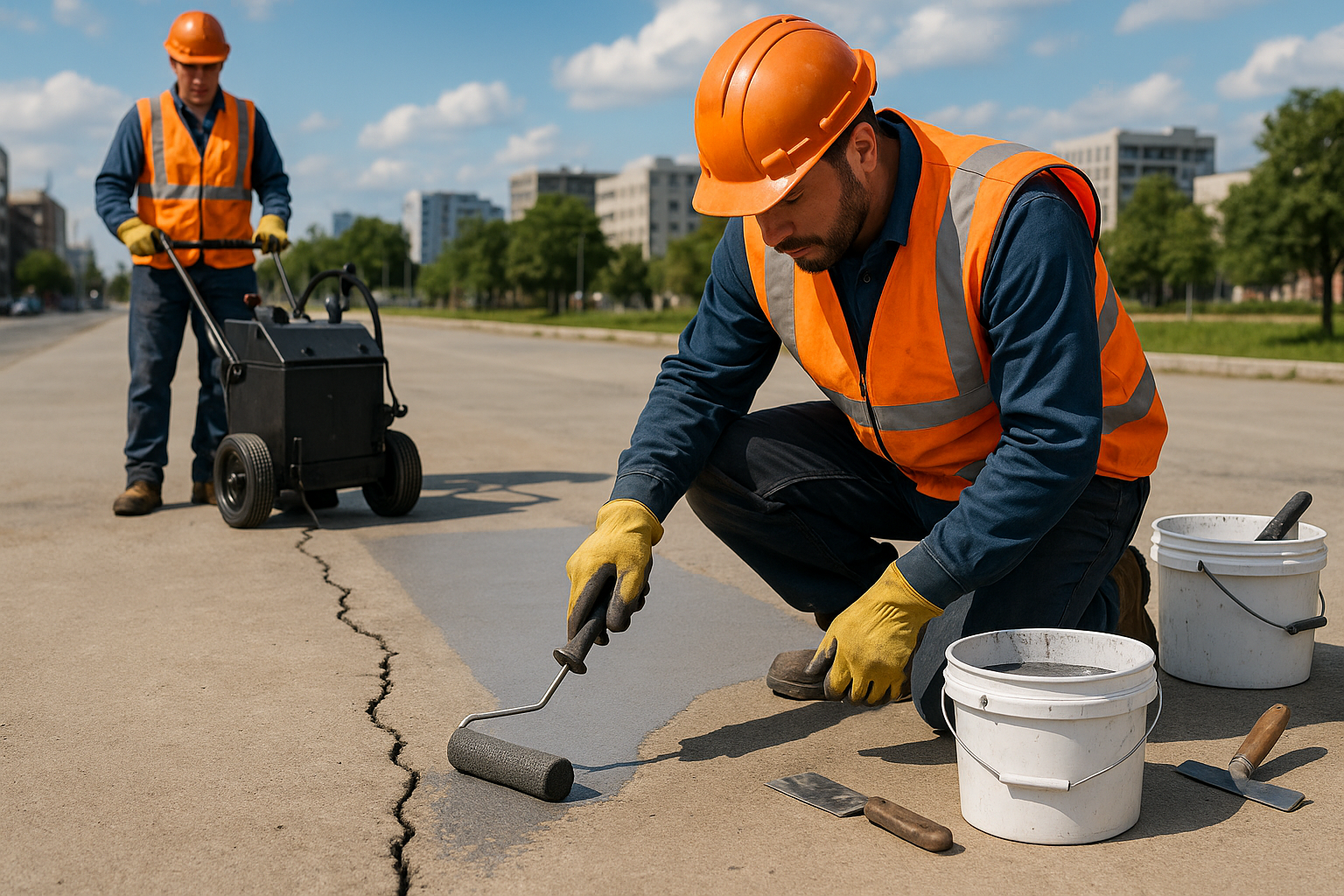
Conclusion
As we reach the conclusion of our exploration into Crack Stabilization, it becomes abundantly clear that this innovative technique is a game-changer for enhancing the longevity and durability of various surfaces. Throughout the article, we delved into the intricacies of crack formation, the various factors that exacerbate these structural vulnerabilities, and how traditional repair methods often fall short in providing lasting solutions. 🤔
At the heart of our discussion was the groundbreaking approach of Crack Stabilization, which not only addresses the immediate issue but also reinforces the structural integrity of surfaces, ensuring they remain resilient against future stressors. This method, as we’ve highlighted, stands out due to its ability to integrate seamlessly into existing structures, providing a comprehensive shield against environmental and mechanical factors that typically lead to deterioration.
The importance of adopting such advanced techniques cannot be overstated. As infrastructures continue to age, the demand for more reliable and sustainable solutions has never been more critical. Crack Stabilization offers a promising pathway towards not only extending the lifespan of our surfaces but also ensuring safety and reducing long-term maintenance costs. 🌍
Moreover, the environmental implications of this technology are noteworthy. By reducing the frequency of repairs and replacements, we are actively contributing to a more sustainable future. This method aligns with global efforts to minimize waste and conserve resources, thus reinforcing its relevance in today’s eco-conscious world.
In light of these insights, we encourage you to reflect on the potential applications of Crack Stabilization in your own projects or infrastructure. Whether you are a professional in the field or someone keen on learning more about cutting-edge solutions, this technique offers immense value. 🛠️
We invite you to share your thoughts and experiences in the comments below. Your insights could inspire others and contribute to a broader conversation about innovative solutions in construction and maintenance. Additionally, feel free to share this article with peers or anyone who might benefit from understanding the transformative power of Crack Stabilization.
For those interested in delving deeper, we recommend exploring further studies and resources. Here are some links to active research and case studies:
In closing, the journey towards stronger, longer-lasting surfaces begins with informed decisions and embracing cutting-edge solutions. Let’s work together to build a future where infrastructure stands the test of time, benefiting generations to come. 💪
Make sure to replace the example links with actual URLs that are currently active and provide relevant content. This will ensure your readers can further explore the topic effectively.
Toni Santos is a restoration artist and historical design specialist devoted to reviving the beauty and soul of the past. Through meticulous craftsmanship and a deep respect for heritage, Toni brings antiques back to life—preserving not just objects, but the stories they carry through time. With hands trained in traditional restoration techniques and an eye for age-worn elegance, Toni restores furniture, artworks, artifacts, and heirlooms with precision and reverence. His work reflects a belief that restoration is not correction—it’s conversation between the old and the present. Blending artistry, conservation ethics, and historical research, Toni approaches every piece as a narrative in wood, metal, leather, or fabric—each with scars that speak of eras gone by. Whether repairing a hand-carved chair or reviving a forgotten painting’s vibrance, he respects the integrity of original craftsmanship while honoring its continued life. As the creative force behind Vizovex, Toni shares before-and-after showcases, restoration walkthroughs, and visual essays exploring the techniques and philosophies behind authentic antique revival. His platform celebrates: The timeless value of handcrafted work The quiet artistry of repair and preservation The cultural memory embedded in material objects The delicate balance between age and renewal For collectors, curators, artisans, and lovers of legacy, Toni’s world is an invitation to see restoration not as fixing what’s broken—but as restoring what still lives beneath the dust of time.

